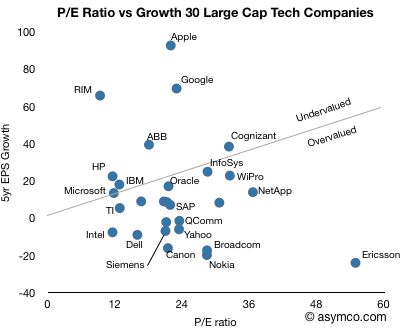Google has created a partial list of phones that run Google services.
I notice with interest that it’s called a Google Phone Gallery not an Android Phone Gallery.
What’s more, there is a distinction of All Phones and Phones “with Google”. Of course that implies that we can get a list of Google Phones “without Google” (or maybe more accurately, “with partial Google”).
To clarify, according to Google there are three categories of Android Phones: Continue reading “Is Google's income from the iPhone offsetting its losses from Android: Cataloging Google's non-Google Phones”

